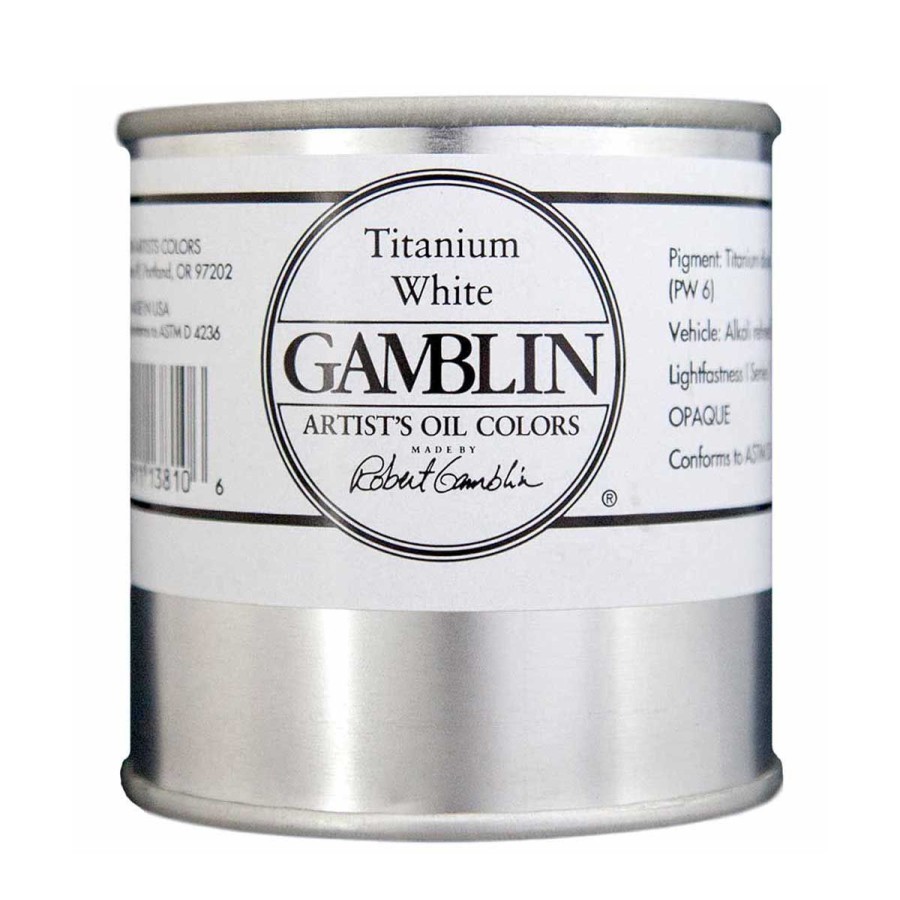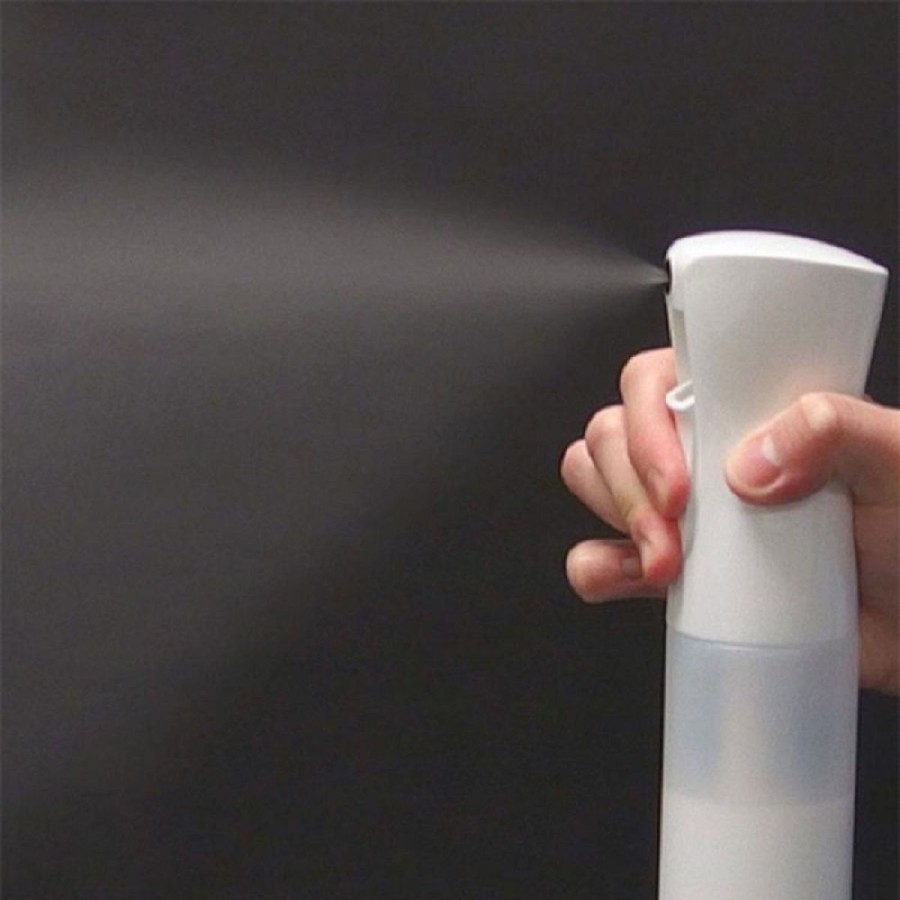Paint & Brushes Gamblin Oil Paint Products | Gamblin Artitst’S Oil Color – Titanium White, 500 Ml (16Oz)
$93.21 $47.54
Paint & Brushes Gamblin Oil Paint Products | Gamblin Artitst’S Oil Color – Titanium White, 500 Ml (16Oz)

Gamblin Artist’S Oils – Pw6-Titanium White (Titanium Dioxide)
Titanium White: Reflecting 97.5% Of All Available Light, This Most Opaque White Is The Perfect Choice For Direct Painting. Monet Would Have Loved It Because He Wanted His Paintings To Look Soft, Like Velvet. The Covering Power Of Titanium White Is Useful For Creating Opaque Layers, But T-Z White Is Preferable For Colour-Mixing.
Pigment Composition And Permanence:
Pigment Name: Pw6-Titanium White
Pigment Type: Inorganic
Properties
Titanium White Is The Most Brilliant Of The White Pigments. It Is Considered An All-Purpose Oil Colour Useful In All Techniques And The Best All-Around White. Its Masstone Is Neither Warm Nor Cool, Placing It Somewhere Between Lead White And Zinc White. It Is Less Prone To Cracking And Yellowing Than Lead White, But It Still Yellows Easily. Titanium White Dries Slowly In Oil Form, More Slowly Than Lead White But More Quickly Than Zinc White. It Is Opaque In Oil And Acrylic Forms And Semi-Opaque In Watercolour Forms. This Pigment Has Good Chemical Stability, And Its Tinting Strength Is Superior To Both Lead White And Zinc White.
Permanence
Titanium White Has Excellent Permanence And Lightfastness.
Toxicity
Titanium Dioxide Is Highly Stable And Is Regarded As Completely Non-Toxic. Animal Studies Do Not Indicate That It Is Absorbed Biologically, Even After Long Periods Of Exposure. The Primary Safety Concern Is With The Inhalation Of Fine Pigment Dust Particles.
History
Titanium Is The Ninth Most Abundant Element In The Earth’S Crust. However, Mineral Deposits That Are Economical To Mine Are Less Common. Titanium Dioxide Was First Discovered In 1821, Although It Could Not Be Mass-Produced Until 1919. Widespread Use Of The Pigment Began In The 1940S.
Since That Time, It Has Become The Most Commonly Used White Pigment. The Name Comes From The Latin Word Titan, The Name For The Elder Brother Of Kronos And Ancestor Of The Titans, And The Greek Word Tito, Meaning Day Or Sun.</P
Be the first to review “Paint & Brushes Gamblin Oil Paint Products | Gamblin Artitst’S Oil Color – Titanium White, 500 Ml (16Oz)” Cancel reply
Related products
Krylon Varnish | Uv Coating | Fixatif
Paint & Brushes Krylon Krylon Varnish | Uv Coating | Fixatif | Krylon Gesso Spray 312G
Inks | Calligraphy | Sticks | Sets
Krylon Varnish | Uv Coating | Fixatif
Inks | Calligraphy | Sticks | Sets
Paint & Brushes Ranger Ranger Inks | Sets | Accessories | Tim Holtz Alcohol Lift-Ink Pad
Paint & Brushes
Inks | Calligraphy | Sticks | Sets
















Reviews
There are no reviews yet.